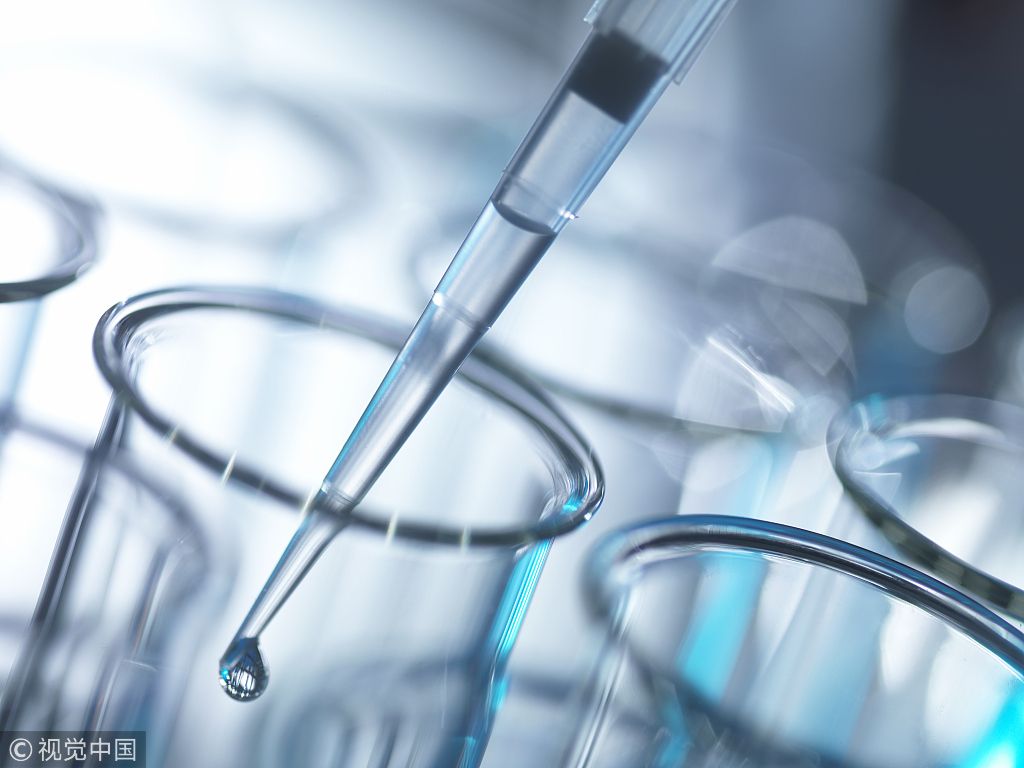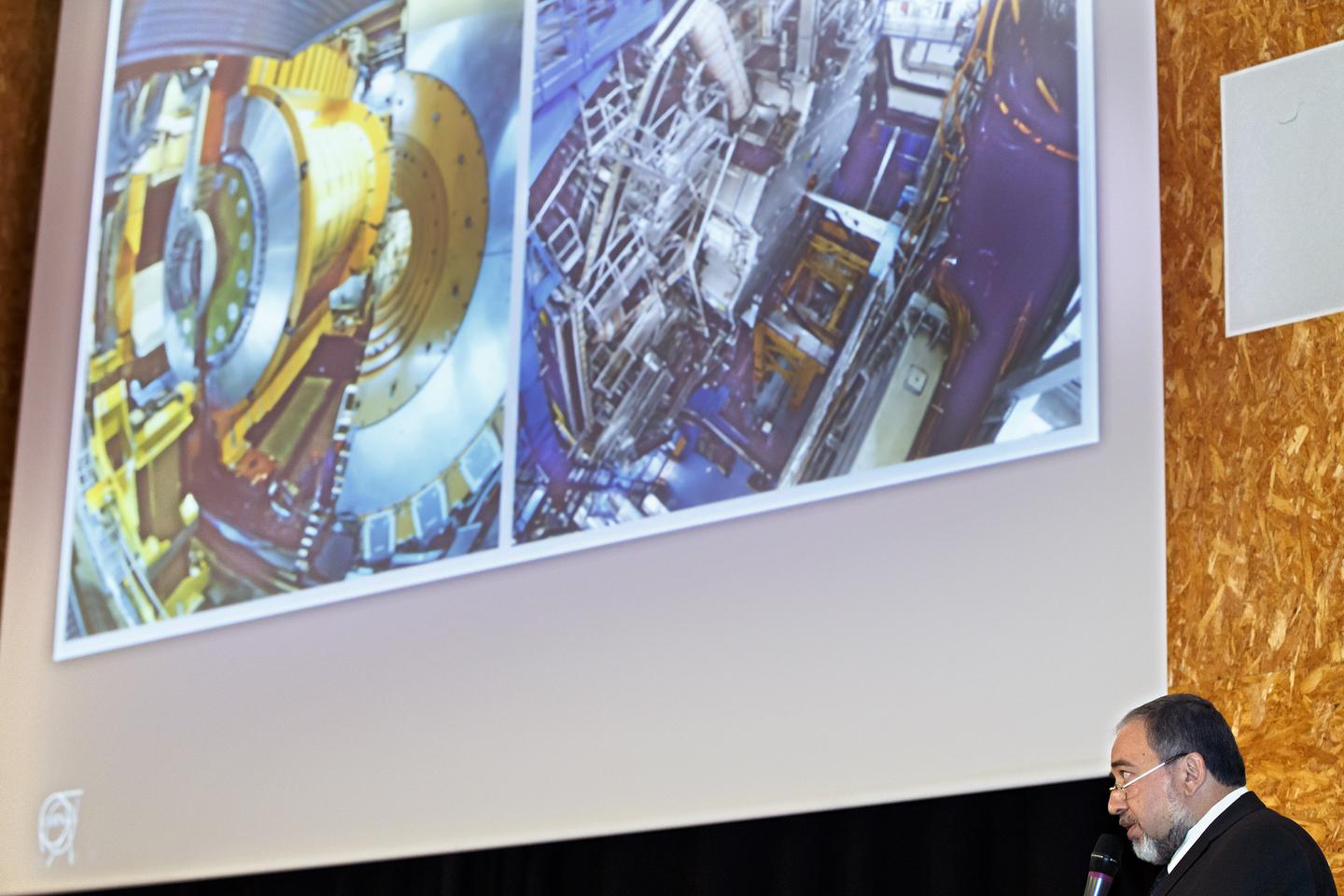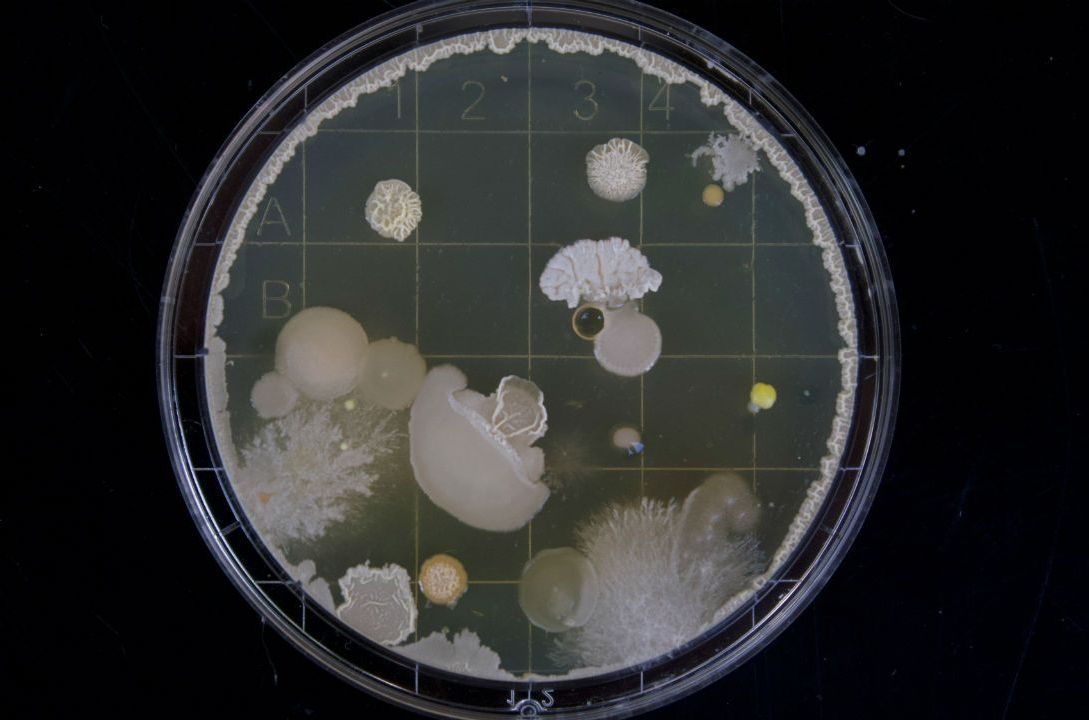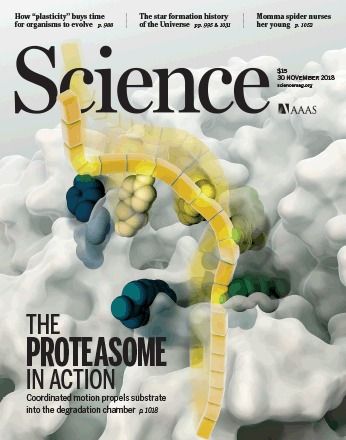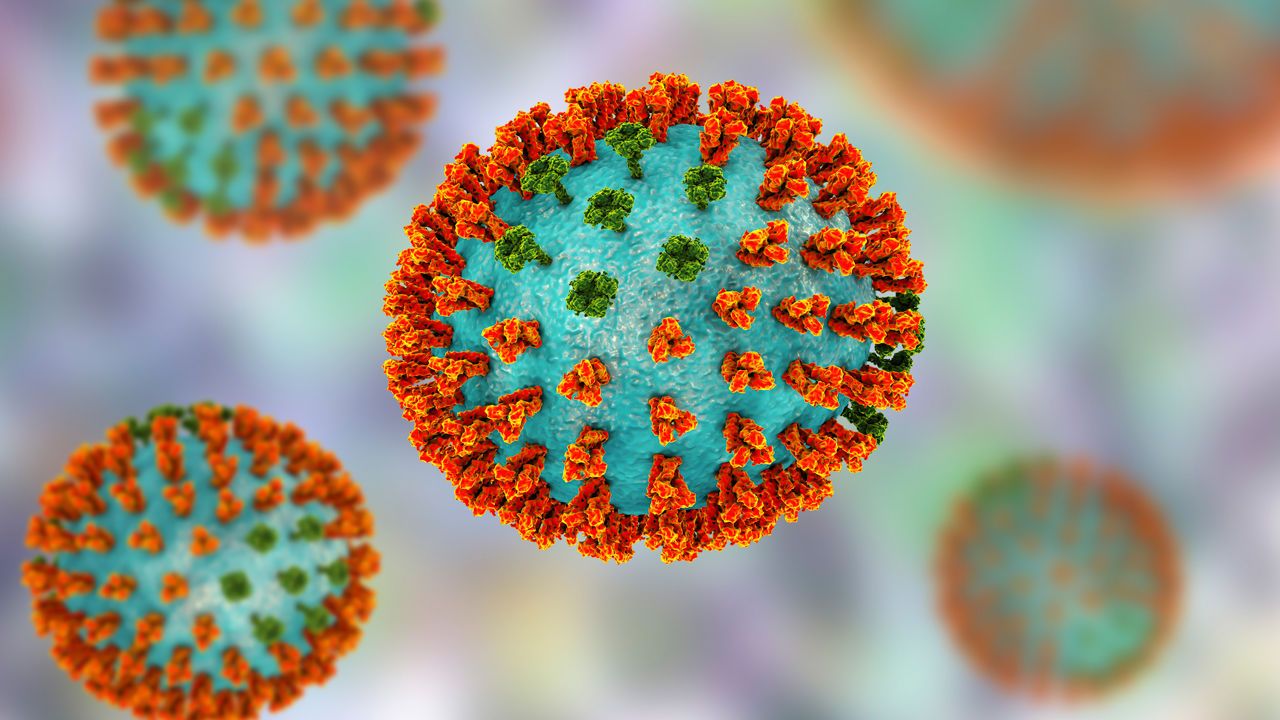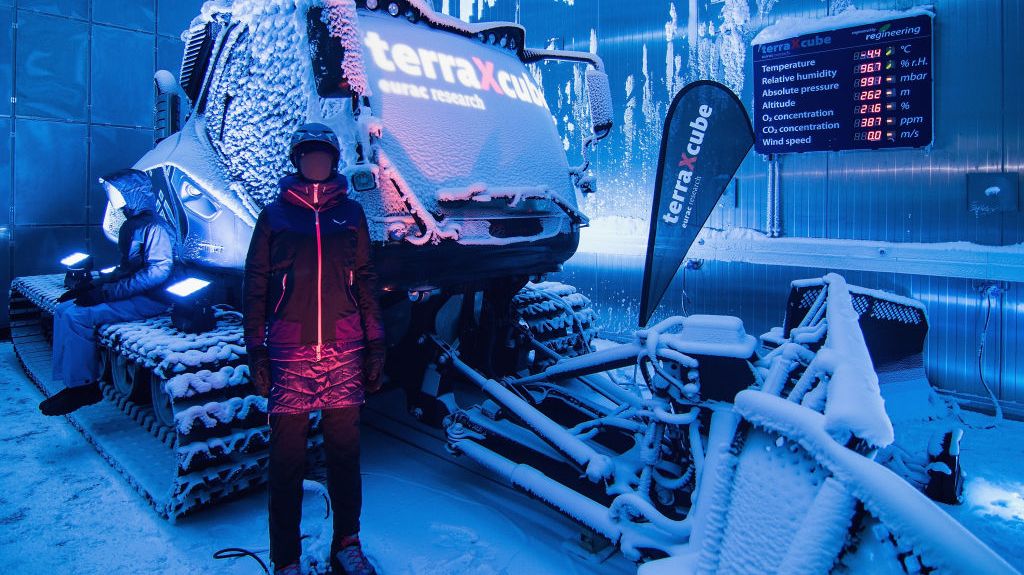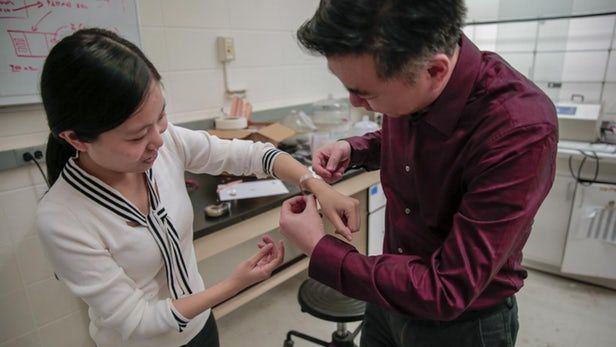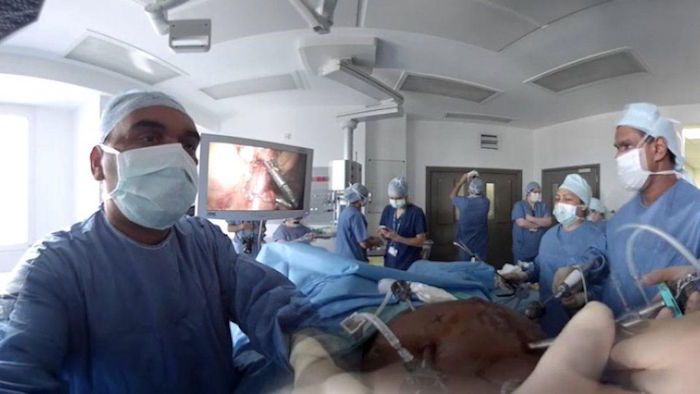NANJING — Chinese researchers have developed a new evaluating model using medical imaging to help painlessly evaluate tumor progression in patients.
Doctors usually use the biological characteristics of tumors to observe the progress and response to treatment, such as if there are gene mutations or malignant features. Previous studies have shown that identifying the biological characteristics may contribute to better treatment and may increase survival rates.
Traditional methods to get tumor tissue include surgery and puncture, which are invasive, painful and costly.
